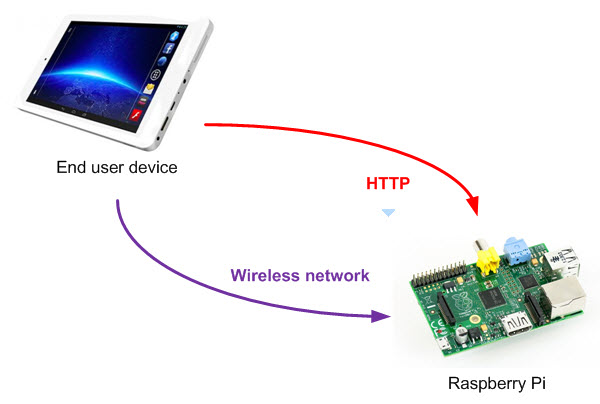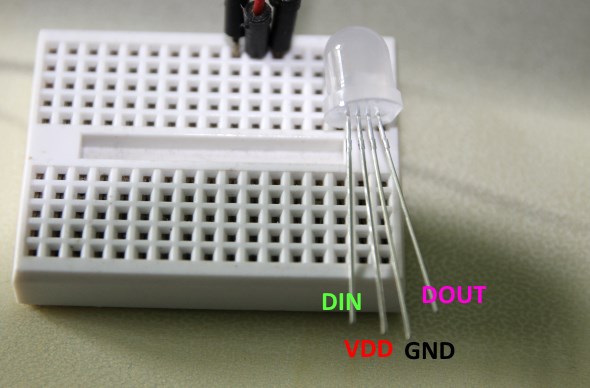
Raspberry Pi as a wireless Access Point
I’m working on a project based on a Raspberry Pi, controlled by an external device (laptop, smartphone…) and therefore I […]

I’m working on a project based on a Raspberry Pi, controlled by an external device (laptop, smartphone…) and therefore I […]

Today’s project, as always based on the enc28j60 ethernet controller, allows to toggle relays (or, generally, digital PINs) using a […]
[vc_row][vc_column][vc_column_text]Many PCB services now are able to produce custom shaped PCBs: for example Seeedstudio’s FusionPCB service (I’ve already blogged about it) in the past published […]
[vc_row][vc_column][vc_column_text]This tutorial will explain a way to communicate between the sketch running on the ATMega and the Linino(Linux) OS running on […]

[vc_row][vc_column][vc_tta_tour active_section=”1″][vc_tta_section title=”Introduction” tab_id=”1463101645825-21cc7255-67d2″][vc_column_text]The Turnigy 9x transmitter (here the Mode2 version on the Hobbyking’s website) is for sure one of the most chosen radio by […]
[vc_row][vc_column][vc_column_text]In my previous tutorial you learned how a sketch, running on the Arduino Yun’s ATMega chip, can execute processes (commands, scripts…) on Linino […]

One of the most common errors when you start writing your sketches for Arduino is the excessive use of the delay() function. […]

On the market you can now find leds that also include a control chip (WS2811, WS2812, APA106…). The main advantages […]

I found that Troniqa webshop sells a membrane potentiometer named SoftPot (datasheet): This potentiometer, that is available in lengths of 10 and 20cm, changes its […]

In this tutorial, I’ll show you how to replace the stock transmitter of your Turnigy 9x with a more advanced […]